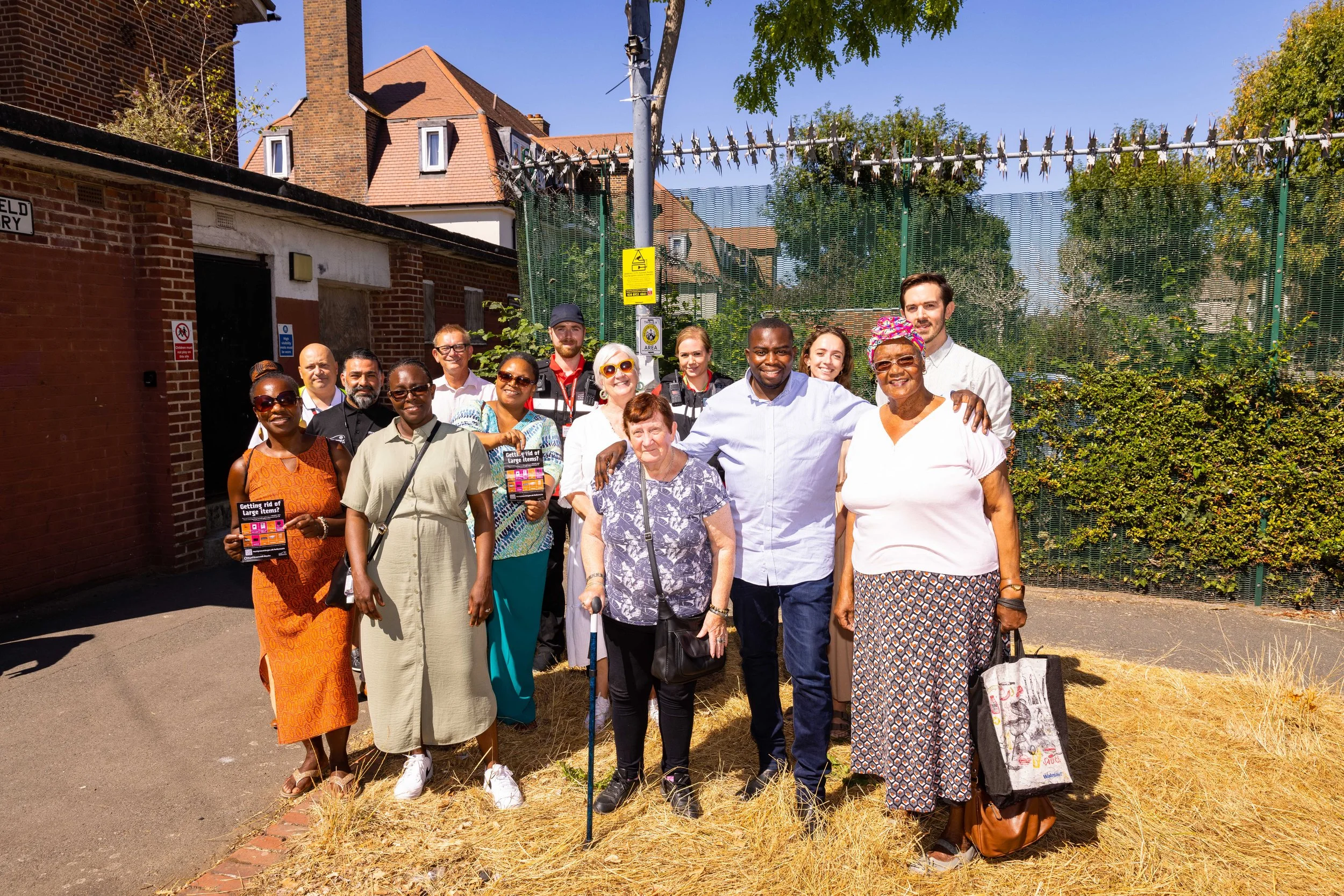For our last #nudgemonth feature, as Halloween approaches, our Behavioural Scientist, Isobel Madle takes a look at the scarier side of behaviour change: what happens when nudges go wrong, the unintended consequences of the best laid plans and our natural resistance to any sense that choices are being made for us. These cautionary tales illustrate how any behavioural intervention must be carefully calibrated, based on evidence, research, close engagement and a deep understanding of the context.
As DG Cities’ nudge month is in its last week, it feels like an important time to highlight what happens when ‘nudge’ and other behavioural science techniques produce unintended consequences; what that means for practitioners and how we can protect against it in the future.
In general, behaviour change interventions identify one target behaviour to increase or reduce, for example, reducing car use or increasing the number of people walking to work. For us, this might also be helping to ensure the successful adoption of a new technology that can improve people’s lives. However, as behavioural science has become more popular, it has become evident that we need to consider how this behaviour change impacts on other behaviours. People do not perform single behaviours in a vacuum; they are inter-related and influenced by their context, so it makes sense that attempting to change a single behaviour might have an unintended impact on another. Below are a few unintended consequences of behaviour change interventions:
Positive or negative ‘spillover’ effects
A positive spillover effect occurs when the adoption of one behaviour causes the adoption of other behaviours. For example, a behavioural change programme might use nudges to reduce the amount of people who use their cars to commute to work. A positive spillover from this intervention could be that people also reduce their car use for leisure journeys. From a policy perspective, investigating the possibility of positive spillover effects is really attractive, because it could suggest that we can change several behaviours in a cost-effective way with little regulation.
On the other hand, a negative spillover effect occurs where performing one behaviour reduces the likelihood of performing another. For example, a person might decide that because they went for a run that day, they can have McDonalds for dinner. Another example of this can be found in energy reduction behaviours, whereby people feel that, because they’ve done something ‘good’, they can then do something ‘bad’ to compensate - this ultimately results in zero behavioural impact. Lucas Davis [1] found that consumers who bought energy-efficient products increased their energy use to the extent that they offset any potential energy reductions. For example, in the US, consumers who bought energy efficiency washing machines increased their clothes washing by 5%, so offset any potential energy savings.
Negative reactance to nudges
Occasionally, nudges can cause reactance in consumers. For example, ‘choice defaults’ are commonly used nudges that promote pro-social behaviour change. One example of this could be making environmentally-friendly energy contracts the default option on energy websites, in order to increase their overall uptake [2]. However, this can backfire and consumers may feel that they want to exert their autonomy and choose a different option.
Boomerang effect
Another effect is that receiving feedback on their behaviour can cause consumers to alter their behaviour in the wrong way. For example, often energy companies provide consumers with feedback on their energy consumption habits compared to their neighbours, known as social norms. Those with higher consumption can often be prompted to lower their energy consumption as a result. However, those with already low consumption see that others have higher consumption and can ‘boomerang’ [3]. In other words, they use the opportunity to increase their consumption to match their peers.
There is a clear need to study these holistic effects of behaviour change interventions. As we may nudge an individual in one domain, we could be ‘un-nudging’ them in another. This is why at DG Cities, we often use system dynamics techniques to map out systems of behaviours and influences prior to designing the intervention. From this, we can identify how our intervention will have an impact on the entire behavioural system, rather than just the single behaviour to be changed. However, this comes with its own complexities of system development and design, and we are investigating how we can design interventions that take into consideration these complexities of behaviour and context.
We are always learning, from project experience and academic research; our approach to behaviour change is guided by the people we are trying to benefit, based on the understanding we gain through engagement with them. If you would like to find out more about any of the projects or themes raised in nudge month, get in touch.
[1] Lucas Davis, (2008) Durable Goods and Residential Demand for Energy and Water: Evidence from a Field Trial https://www.jstor.org/stable/25474381
[2] Ebeling, F., and Lotz, S. (2015). Domestic uptake of green energy promoted by opt-out tariffs. Nat. Climate Change 5, 868–871. doi: 10.1038/nclimate2681
[3] Bhanot, S. P. (2017): “Rank and Response: A Field Experiment on Peer Information and Water Use Behavior,”


























